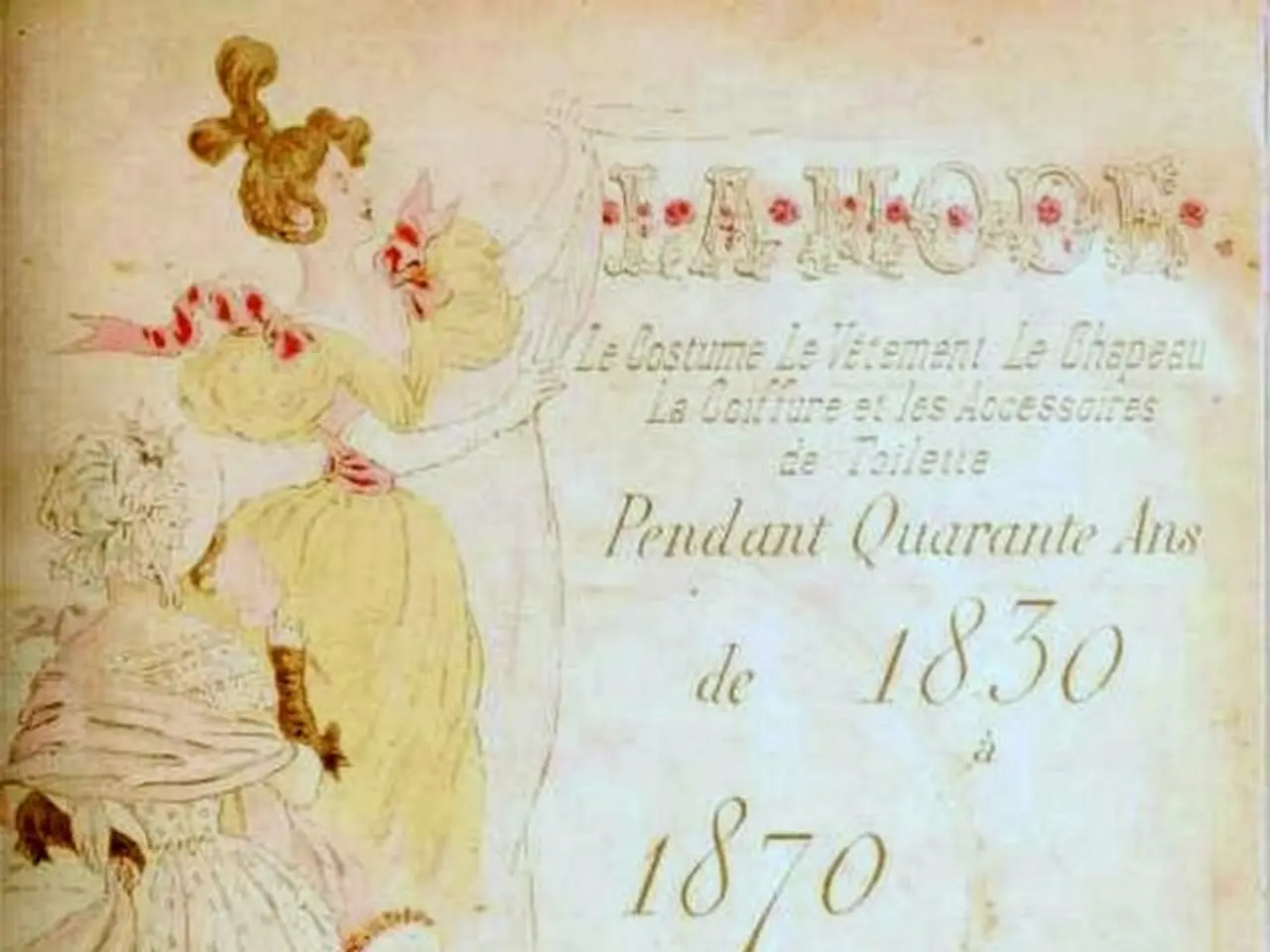Achievements of the Women who served as Inspiration for 'Hidden Figures'
In the 1950s and 60s, three black women - Dorothy Vaughan, Mary Jackson, and Katherine Johnson - made significant contributions to the United States' success in the Space Race. Their stories, which were brought to the big screen in the 2017 film "Hidden Figures," are a testament to their unwavering dedication and groundbreaking achievements.
Dorothy Vaughan, a mathematician at NASA, became proficient in FORTRAN, a revolutionary computer programming language. Her skills proved instrumental in the SCOUT Launch Vehicle Program, which helped send satellites into orbit. In 1949, she was promoted to manage the women of West End Computing, making her NASA's first black manager.
Mary Jackson, another mathematician, broke barriers as she became the first black female engineer at NASA in 1958. To achieve this, she gained permission to join whites-only classes and enrolled in a training program that earned her the promotion from mathematician to engineer.
Katherine Johnson, a certified math genius, graduated high school at age 14 and college at age 18. She calculated the trajectory for the spaceflight of Alan Shephard, the first American in space. In 2015, President Barack Obama awarded Johnson the Presidential Medal of Freedom, recognising her invaluable contributions to NASA.
The women, known collectively as the West Area Computing Unit, worked during a time when African-Americans were segregated from white people at the lab. The Jim Crow years were still in effect, but these women persevered, contributing to NASA's desegregation and technological advancements.
John Glenn, an astronaut, specifically requested that Katherine Johnson run the numbers for his space mission by hand, demonstrating his trust in her mathematical prowess. Johnson also played a crucial role in the Apollo 11 mission, verifying the calculations made by the electronic computer for the moon landing.
Tragically, Katherine Johnson passed away in 2020 at the age of 101. Dorothy Vaughan and Mary Jackson, while no longer with us, left behind a legacy that continues to inspire generations. Their stories serve as a reminder of the importance of diversity and inclusion in the field of science and technology.
Executive Order 9346, issued in 1943, expanded the Fair Employment Practices Commission's power to enforce nondiscriminatory hiring policy. This order, along with the efforts of these remarkable women, paved the way for a more inclusive NASA and a more equitable society.
After Dorothy Vaughan left her position, key figures leading NASA included Mary Jackson, Katherine Johnson, and Christine Darden, who continued to make significant contributions to the agency's advancements. Their stories are a testament to the power of perseverance, determination, and the pursuit of knowledge in the face of adversity.
Read also:
- Understanding Hemorrhagic Gastroenteritis: Key Facts
- Stopping Osteoporosis Treatment: Timeline Considerations
- Tobacco industry's suggested changes on a legislative modification are disregarded by health journalists
- Expanded Community Health Involvement by CK Birla Hospitals, Jaipur, Maintained Through Consistent Outreach Programs Across Rajasthan








